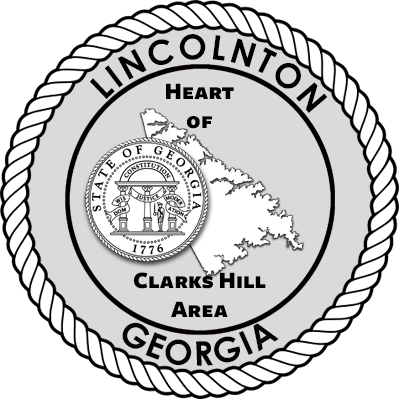Water bills and deposits can be paid online. Use the button above.
Select City of Lincolnton Water and Wastewater and enter account number or water deposit in description box.
**Water Deposit $100 – for renters only. No deposit required if you own the home/building.
***All outstanding balances must be paid in full before the new service is connected. If you have had service before and are not sure if you have an outstanding balance, please call city hall before submitting application. If you submit an application and have an outstanding balance that you do not pay upfront, your first bill will include your previous outstanding balance.
Partial water bill payments are not accepted.
Auto draft is available and will be debited on the 10th of the month. Please complete the enrollment form and attach a voided check or letter from your bank verifying account information. Auto draft forms must be received by the 5th of the month to go into effect for the current month. If you need to cancel auto draft or change bank information you must fill out a cancellation form.
